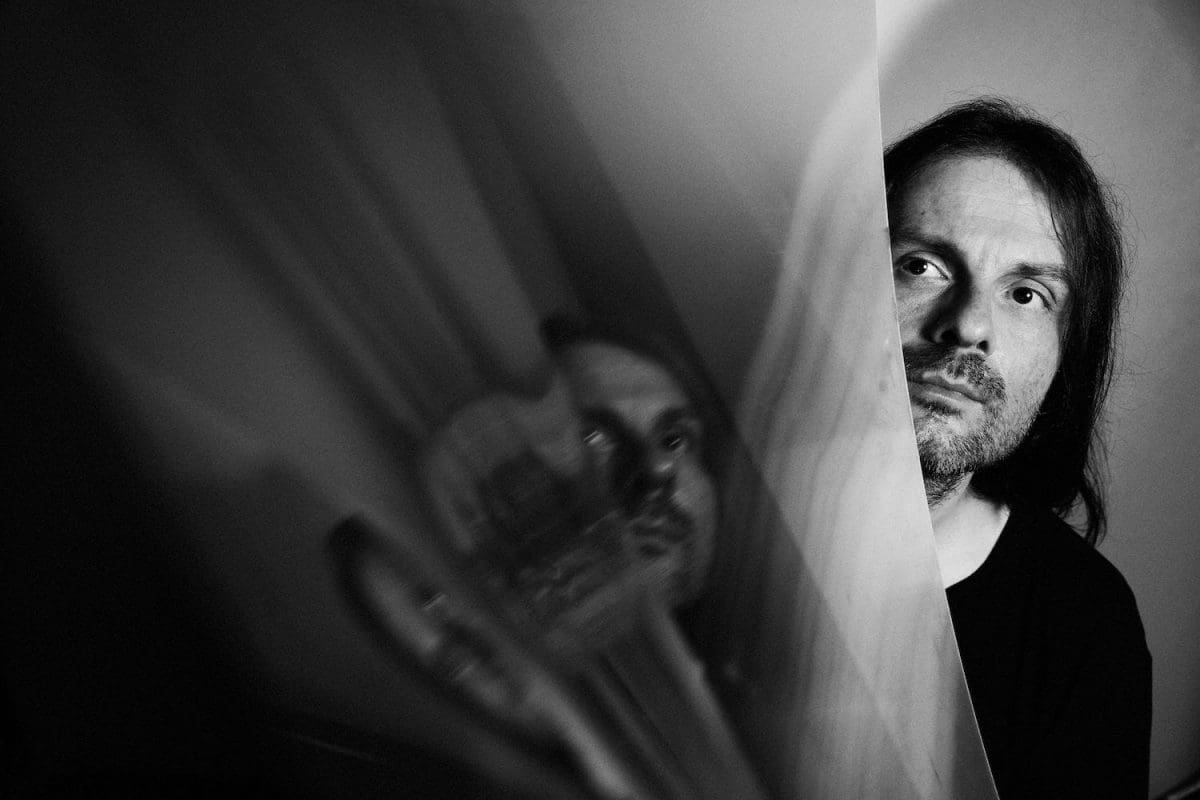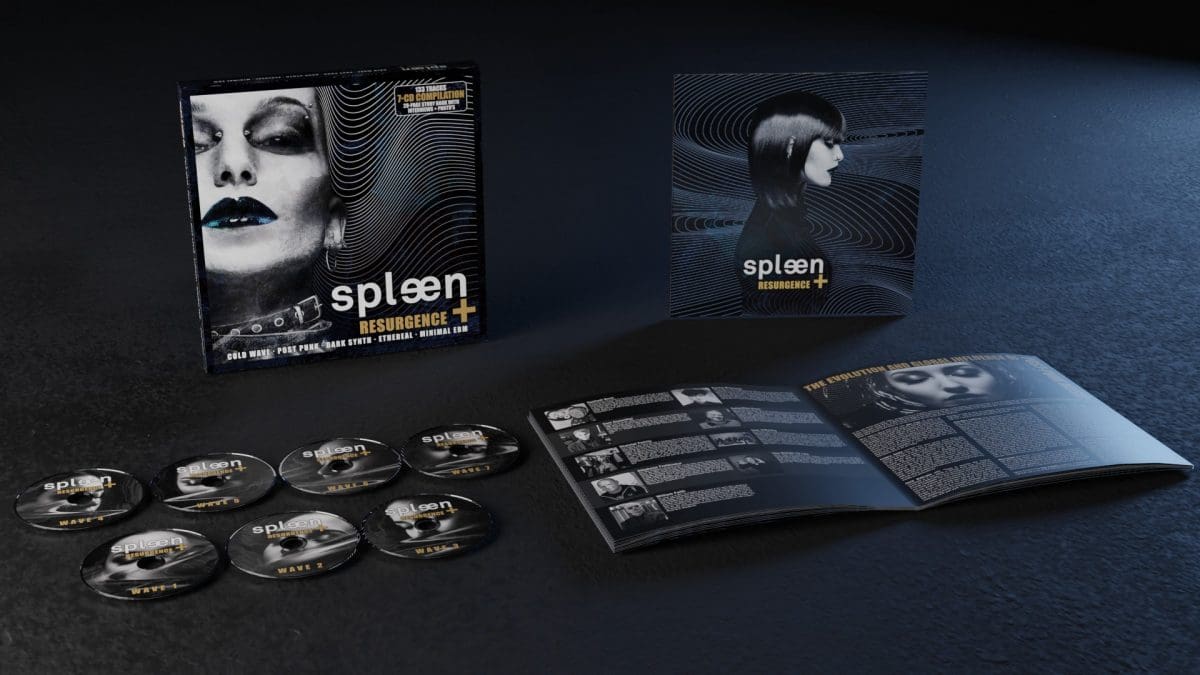Drill Music: Best Artists

Drill Music: Best Artists
Drill is a subgenre of hip-hop that emerged in the early 2010s in Chicago and quickly became a notable phenomenon. This style gained popularity thanks to its aggressive lyrics that reflect the harsh realities of street life. Gradually, drill expanded beyond Chicago, reaching the musical scenes of London and New York. Today, its influence on hip-hop culture is felt worldwide, and it continues to evolve, introducing new sounds and themes into music.
Key Features of Drill Music
The defining characteristics of drill include dark and misanthropic lyrics, which often focus on street life, violence, and crime. They convey the realities of the streets through imagery and metaphors, making every line very personal and relevant.
The sound palette of drill is also unique. The characteristic deep bass, sharp 808 kits, and unconventional rhythmic structures create a sinister atmosphere. Sampling is frequently used, ranging from classic hip-hop to more experimental sounds. These elements help create a sense of tension that seems to permeate every track.
Equally important is the advanced production technique. Tempo shifts and various effects, such as reverb, are often employed to make the sound more spacious and cold. Drill music actively interacts with visual culture. The music videos are usually dark — they featur street landscapes and harsh imagery, emphasizing the mood of the music.
Interestingly, there is a strong use of slang and a distinct style of communication in drill, making it very localized. This creates a sense of community among listeners who understand the cultural context and language. Overall, drill music is not just a style; it is a whole culture that reflects the realities of modern cities.
Best Drill Music Artists
- Chief Keef
Chief Keef is a pioneer of the drill scene whose success in the early 2010s helped spread the genre beyond Chicago. His tracks “I Don’t Like” and “Love Sosa” became anthems of the drill movement, attracting the attention of major labels and an international audience. Chief Keef brought a unique style to hip-hop, and his musical influence continues to be felt in the genre today. - Lil Durk
Lil Durk is another prominent figure in the Chicago drill scene. His music combines street stories with personal experiences, helping him remain relevant and popular for many years. Tracks like “L’s Anthem” and “Dis Ain’t What U Want” have solidified his position as one of the leading drill artists. - Pop Smoke
Pop Smoke became the face of New York drill, especially thanks to his hits “Welcome to the Party” and “Dior.” His style blends elements of British and Chicago drill with classic New York hip-hop. Pop Smoke’s popularity grew rapidly. Unfortunately, his life was tragically cut short in 2020. However, his legacy continues to influence contemporary music. - Fivio Foreign
Fivio Foreign is another representative of the New York drill scene. He gained popularity after the release of his track “Big Drip,” which quickly became a club hit. Fivio introduced a more energetic and positive sound into the genre, allowing him to carve out a special place in the drill community. With his distinctive delivery and unique beats, he remains one of the key players on the scene. - Headie One
Headie One is a leading artist in British drill who has had a significant impact on the genre’s development in the UK. His track “Know Better” became a hit, and collaborations with artists like Drake have elevated his popularity to an international level. The British drill scene is known for its darker and more experimental approach to music, and Headie One embodies this style like no one else.
Rising Stars in Drill Music
Alongside established artists, many young talents are emerging in drill music, actively shaping the future of the genre. These artists bring fresh ideas, experiment with lyrics and sounds, and create unique tracks that reflect contemporary realities.
- Digga D is one of the brightest representatives of the British drill scene. He became known for his aggressive lyrics and bold music videos that draw attention to his music and image. His tracks, such as “Woi” and “Chingy (It’s Whatever),” showcase his confidence and innovative approach, making him one of the most promising young artists in the genre.
- In the US, 22Gz deserves special attention as he actively develops the New York drill scene. He is known for his powerful beats and aggressive delivery that reflect his unique style. Tracks like “Sniper Gang Freestyle” and “Suburban, Pt. 2” have made him popular among drill fans, and his collaborations with other artists expand the genre’s influence.
The Influence of Drill Music on the Global Scene
Drill music, which began its development on the streets of Chicago, has transformed into a global cultural phenomenon in just a few years, spreading far beyond the US. Today, this genre influences musical scenes in the UK, France, Australia, and other countries, adapting to local characteristics while retaining its distinctive dark and aggressive sound.
One of the most significant contributions of drill has been its impact on global hip-hop. American and British drill scenes have exchanged ideas and styles, creating a unique sound that artists from other genres adopt. For example, New York drill gained significant traction thanks to artists like Pop Smoke and Fivio Foreign, whose tracks have influenced contemporary American hip-hop as a whole. In the UK, artists like Headie One and Digga D have not only gained musical recognition for drill but also made it a reflection of social struggles in cities.
The influence of drill on fashion is also noticeable. The genre’s aesthetic is tied to street culture and style, attracting the attention of major brands. The clothing worn by drill artists and their visual image are actively copied by fans and become part of modern street fashion. Collaborations between music artists and fashion brands like Nike and Off-White have made drill an integral part of the fashion industry.
Drill has also penetrated other forms of art and media. The music videos of drill artists often use documentary-style aesthetics, enhancing the sense of reality and authenticity of their lyrics. These visual images reflect life in the impoverished neighborhoods where the genre originated, drawing attention to the social and economic issues faced by young people.
However, not all of drill’s influence is perceived positively. The genre faces criticism for its lyrics often addressing themes of violence and crime. This has led some politicians and police departments to accuse drill of inciting conflict among youth and contributing to rising crime in certain areas. In the UK, for example, some drill artists’ music videos have been removed from platforms like YouTube at the request of law enforcement. Nevertheless, genre supporters argue that drill does not provoke violence but merely reflects the harsh realities of life in disadvantaged neighborhoods.
For many young artists and listeners, drill has become not just a means of self-expression but also a voice of protest against injustice. The genre allows them to speak about their experiences, issues, and struggles, using music as a platform to draw attention to social matters. Drill music continues to evolve, becoming increasingly experimental and cross-genre, and its influence on the global music and cultural scene will be felt for many years to come. If you’re interested in diving deeper into the topic, check out this article about drill music from rBeatz.
Conclusion
Drill music has become an essential part of contemporary musical culture, highlighting social issues and creating a unique platform for self-expression. The best artists in the genre continue to develop it, inspiring new generations of musicians. Drill is not just a musical genre; it is a movement that is changing the perception of music and art as a whole.
Since you’re here …
… we have a small favour to ask. More people are reading Side-Line Magazine than ever but advertising revenues across the media are falling fast. Unlike many news organisations, we haven’t put up a paywall – we want to keep our journalism as open as we can - and we refuse to add annoying advertising. So you can see why we need to ask for your help.
Side-Line’s independent journalism takes a lot of time, money and hard work to produce. But we do it because we want to push the artists we like and who are equally fighting to survive.
If everyone who reads our reporting, who likes it, helps fund it, our future would be much more secure. For as little as 5 US$, you can support Side-Line Magazine – and it only takes a minute. Thank you.
The donations are safely powered by Paypal.















